6 Strange Species Discovered in Museums
New Species
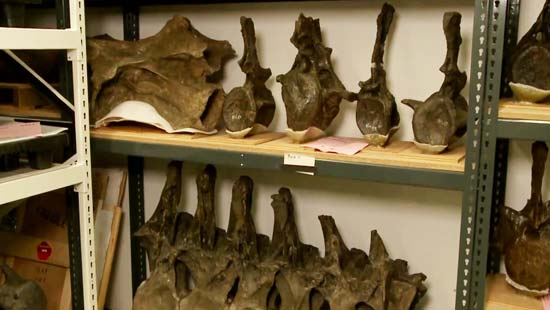
Although some new species are found in the great outdoors and immediately identified, many specimens hang out in museum collections for years before scientists get around to classifying them. Here's a list of cool new species discovered in drawers and on shelves in museums.
Barosarus
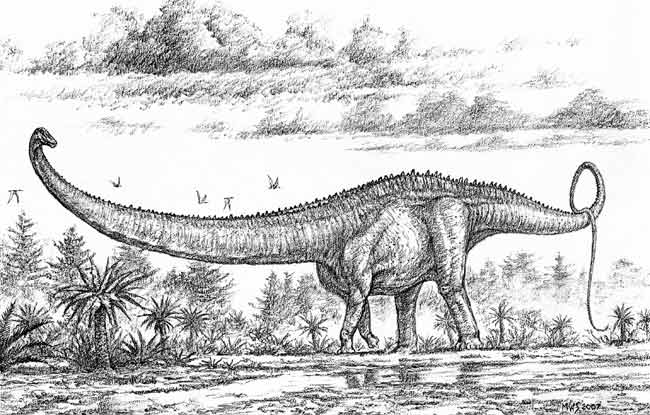
How do you miss an 80-foot (24-meter)-long dinosaur? You stick it in a museum storage room. In 2007, scientists reported the discovery of Barosaurus, a long-necked dino that had been lurking in the Royal Ontario Museum in Canada. Individual bones scattered throughout the museum's collection were discovered to belong to a single specimen.
Hummingbird-size ant
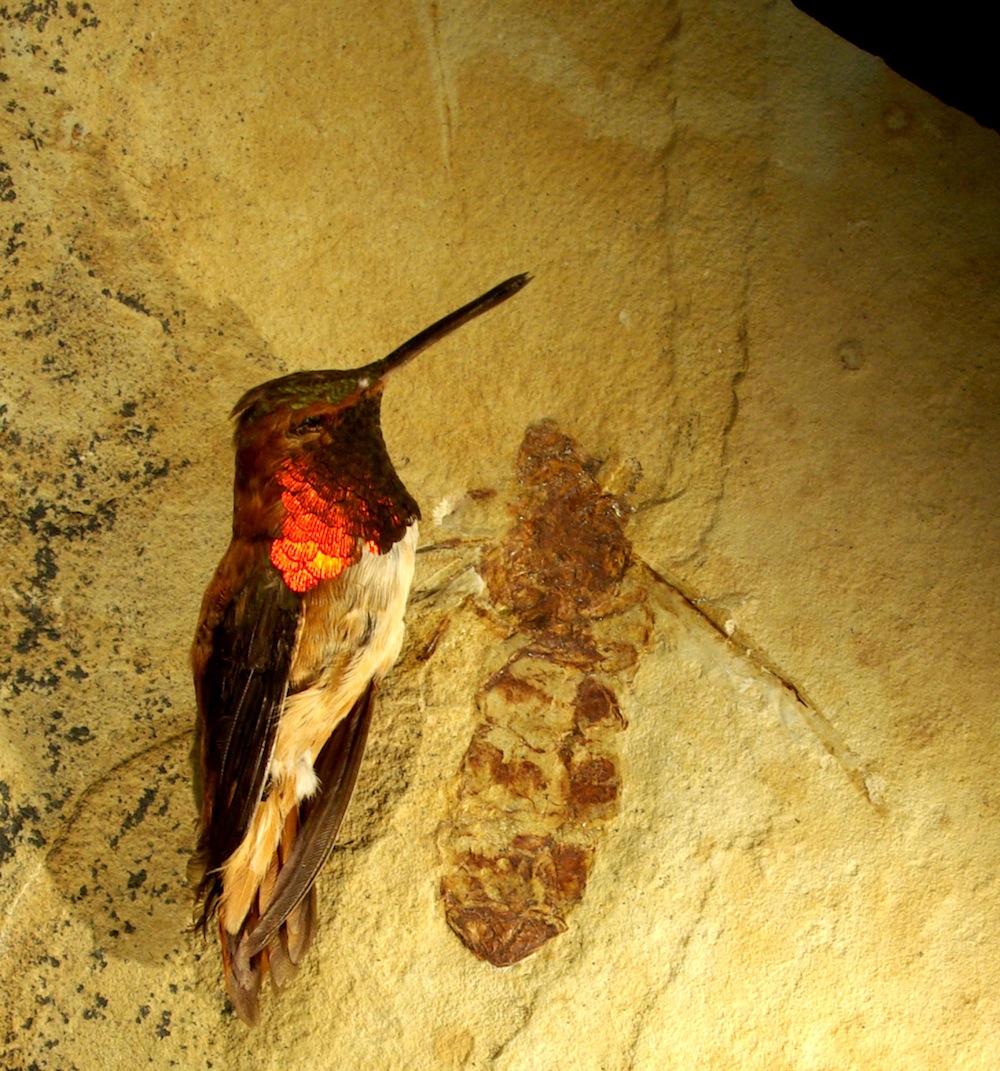
Now this is a big bug. An extinct hummingbird-size ant hid away in fossil form in the Denver Museum of Nature and Science until 2011, when researchers reported that the huge insect was a newly discovered species and dubbed it Titanomyrma lubei.
Triceratops cousin
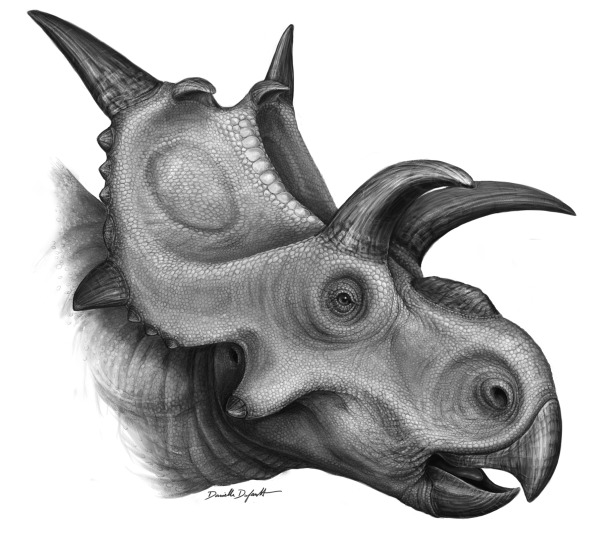
Paleontologist Wann Langston Jr. uncovered some intriguing bone bits on a field expedition in Alberta, Canada, in 1958. But he was too busy to look at them, so they got shelved at the Canadian Museum of Nature in Ottawa and forgotten.
Until 2003, that is. Royal Ontario Museum paleontologist David Evans and colleagues learned of the fragments and started investigating. They realized immediately that they had a new species, a shield-necked dinosaur called Xenoceratops foremostensis.
Fishy missing link
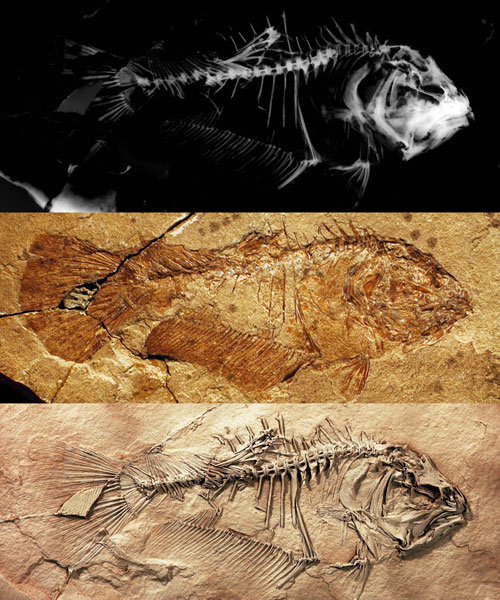
A strange flatfish ancestor that may help explain how these weird creatures evolved turned up not in the ocean, but in a drawer of unidentified fossils at the Natural History Museum of Vienna, Austria, researchers reported in June 2012. The 50-million-year-old fish, Heteronectes, has an eye that has partially migrated across its head, but has not quite reached the point of having both eyes on one side like a modern flounder.
Shieldcroc
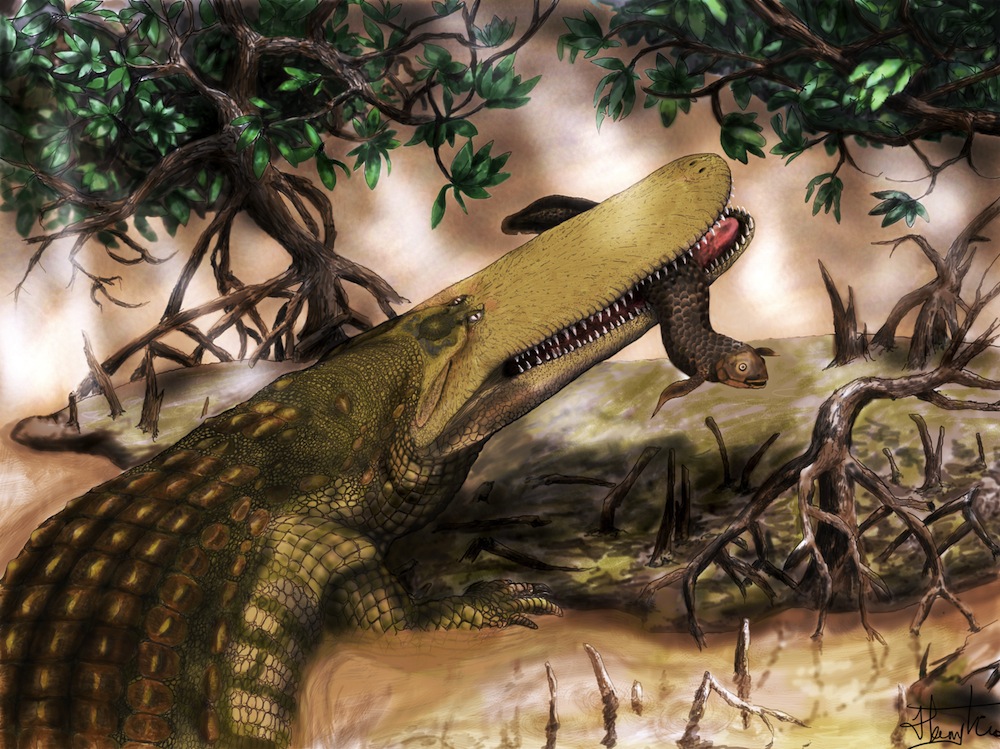
Dubbed "Shieldcroc" for its ornamental headgear, Aegisuchus witmeri is the oldest modern crocodile ancestor found in Africa. Originally collected in Morocco, the specimen that identified this giant crocodile hung out at the Royal Ontario Museum for a few years before scientists turned their attention to it.
Get the world’s most fascinating discoveries delivered straight to your inbox.
A whole lot of wasps
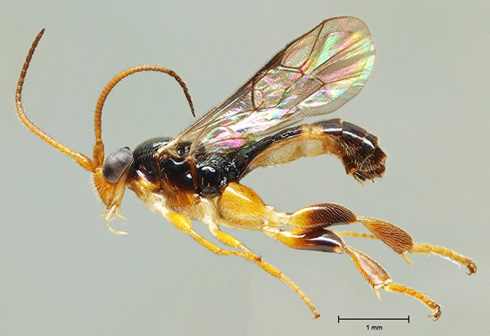
Sometimes having a lot of unknown species on hand is useful. In October 2012, researchers examined 1,549 unknown parasitic wasps originally collected in Guatemala, Honduras, Ecuador and Nicaragua, and identified a massive amount of diversity — not to mention 177 distinct species. Previously, only 14 species of these parasite wasps were known in those regions. Scientists are now working on identifying all the individual species in this wasp jackpot.

Stephanie Pappas is a contributing writer for Live Science, covering topics ranging from geoscience to archaeology to the human brain and behavior. She was previously a senior writer for Live Science but is now a freelancer based in Denver, Colorado, and regularly contributes to Scientific American and The Monitor, the monthly magazine of the American Psychological Association. Stephanie received a bachelor's degree in psychology from the University of South Carolina and a graduate certificate in science communication from the University of California, Santa Cruz.


